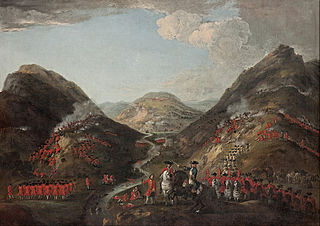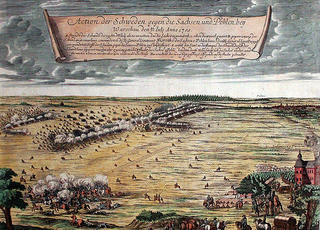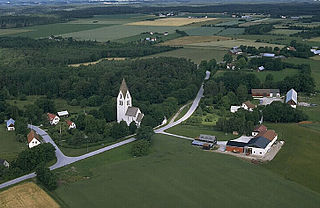 | |
| Established | 1 Jun 2014 |
|---|---|
| Location | Fisksätra, Stockholm, Sweden |
| Coordinates | 59°17′43.49″N18°15′35.04″E / 59.2954139°N 18.2597333°E |
| Website | hamnmuseum.se |
Hamn is a battlefield museum in Fisksätra, Nacka Municipality, near Stockholm, Sweden about the Battle of Stäket on 13 August 1719 when Russian force, circumventing Vaxholm Castle, attempted to pass through Baggensstäket, a very narrow passage in the Stockholm archipelago. After a desperate counterattack by Södermanlands regemente the Russian force departed. It is debated whether or not this was a Russian attempt to reach Stockholm. [1]
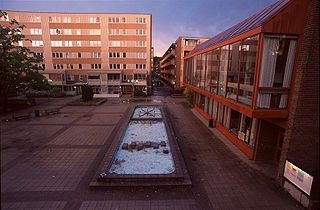
Fisksätra is a locality situated in Nacka Municipality, Stockholm County, Sweden with 7,475 inhabitants in 2010. Built in the 1970s, much of it as council housing, it has inhabitants from 70 different nationalities.

Nacka Municipality is a municipality in Stockholm County in east central Sweden. Its seat is located at Nacka. The municipality is situated just east of the capital Stockholm and the western parts are considered a suburban part of the city of Stockholm.
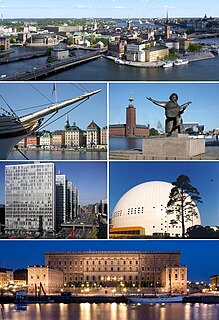
Stockholm is the capital of Sweden and the most populous urban area in the Nordic countries; 962,154 people live in the municipality, approximately 1.5 million in the urban area, and 2.3 million in the metropolitan area. The city stretches across fourteen islands where Lake Mälaren flows into the Baltic Sea. Just outside the city and along the coast is the island chain of the Stockholm archipelago. The area has been settled since the Stone Age, in the 6th millennium BC, and was founded as a city in 1252 by Swedish statesman Birger Jarl. It is also the capital of Stockholm County.
The museum was founded as a result of a still ongoing archaeological research project. In 2003, the project “Battlefield Archaeology by Stäket” was formed, which was consented by the Swedish National Heritage Board, the County Government and Nacka Municipality. Databases, registries and maps etc. were studied and a reference group with scholars was formed. In spring 2004 sample examinations on the southern side, by the so-called Marsh Meadow, were initiated. During the years 2004-2010, the last five of which under the management of the Swedish National heritage Board, the battlefields were completely examined by the Baggensstäket inlet. The battlefields got classified as “ancient monuments”, and the battlefield on the southern side was the first of its kind to be classified as such. In total, 735000 m2 have been scanned and about 1300 objects of antiquarian and culturally historical value have been found. In June 2010, the project with the museum HAMN, which was financed by Nacka Municipality and the EU, was initiated.
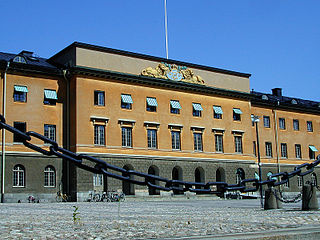
The Swedish National Heritage Board is a Swedish government agency responsible for World Heritage Sites and other national heritage monuments and historical environments. It is governed by the Ministry of Culture.
Today, a book project about the southern side of the Battle of Stäket with results from ten years of research, is ongoing. [2]
The Battle of Stäket was a minor battle during the Great Northern War. A probing Russian force, circumventing Vaxholm Castle, attempted to pass through Baggensstäket, a very narrow passage in the Stockholm archipelago. After a desperate counterattack by Södermanlands regemente the Russian force departed.







